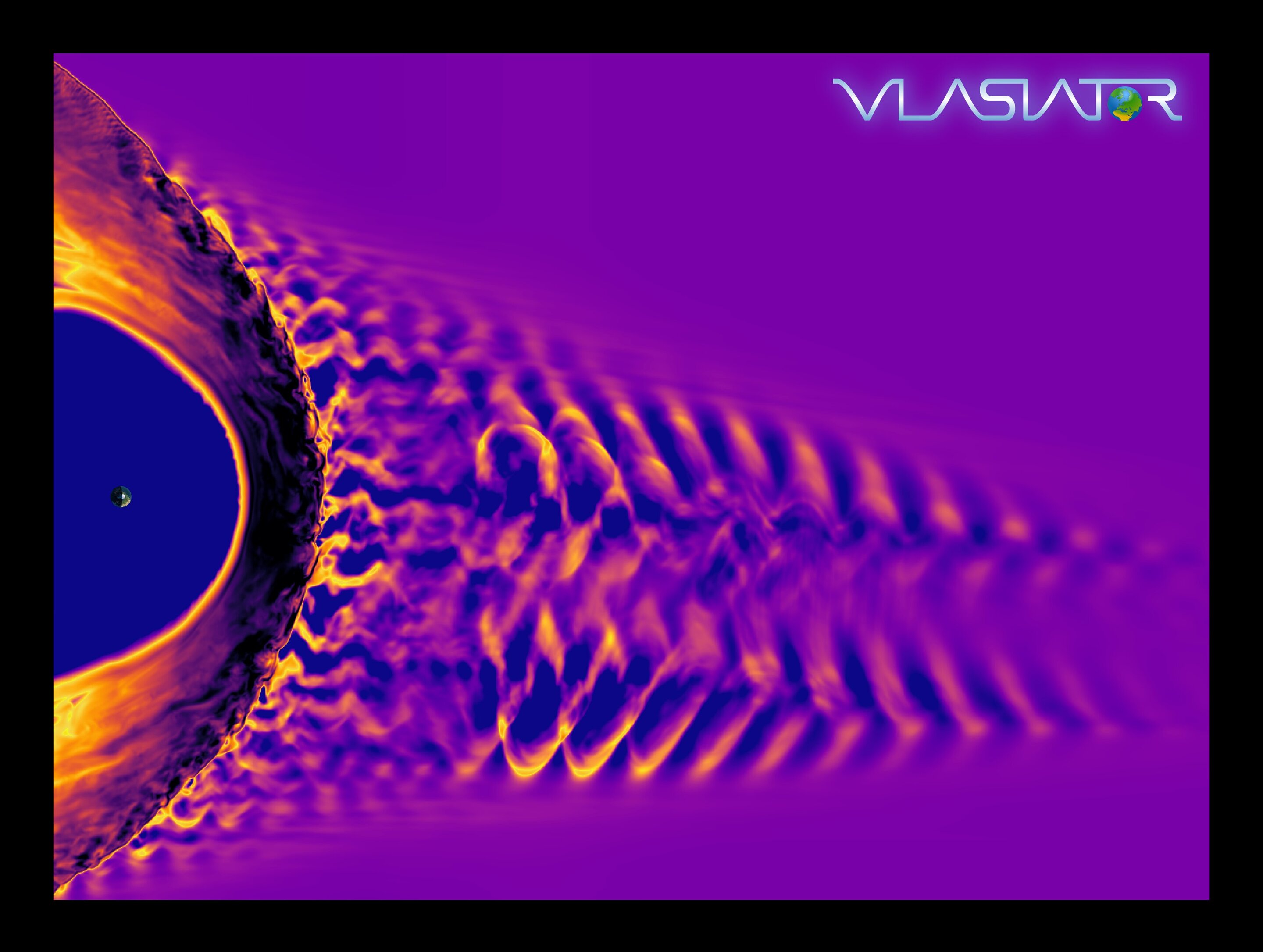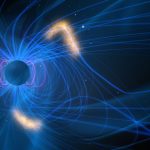Key takeaways:
- ESA’s Cluster mission reveals that solar storms fundamentally alter Earth’s magnetic field, generating a unique “song” with varying frequencies and complexities.
- Detailed analysis shows that the foreshock, impacted by solar storm collisions, emits magnetic waves of unexpected complexity, shedding light on previously misunderstood phenomena.
- Understanding the interaction between solar storms and Earth’s magnetic field is crucial for mitigating potential damage to technology and infrastructure, highlighting the importance of ongoing research.
- Insights gained from Earth’s foreshock may apply to diverse cosmic environments, suggesting similar magnetic interactions on exoplanets and contributing to our broader understanding of the universe.
- Even years after data collection, the Cluster mission continues to deepen our understanding of the sun-Earth connection, advancing knowledge of fundamental magnetic interactions across the cosmos.

The data retrieved from ESA’s Cluster mission has unveiled an intriguing phenomenon: the melodic “song” emitted by Earth when it undergoes the impact of a solar storm.
This unique composition originates from the formation of waves within Earth’s magnetic field following the collision with a solar storm. These storms, characterized by the eruption of electrically charged particles from the sun’s atmosphere, trigger the captivating symphony captured by the Cluster mission.
Led by Lucile Turc, formerly an ESA research fellow and now affiliated with the University of Helsinki, Finland, a dedicated team made this discovery through meticulous analysis of data sourced from the Cluster Science Archive. This archive serves as a repository for data collected during Cluster’s extensive mission spanning nearly two decades.
Comprising four spacecraft orbiting Earth in tandem, the Cluster mission aims to investigate Earth’s magnetic environment and its interaction with the solar wind—a continuous stream of particles emitted by the sun into the Solar System.
During their orbits, the Cluster spacecraft traverse through the foreshock region, the initial area particles encounter upon the onset of a solar storm. Analysis of data collected between 2001 and 2005 reveals that the spacecraft encountered six such collisions, providing recordings of the resulting magnetic waves.
Further examination unveils the complexity of magnetic wave patterns within the foreshock during these collisions, surpassing previous assumptions.
Lucile remarks, “Our study highlights the profound alterations solar storms induce in the foreshock region.”
In times of tranquility, devoid of solar storm activity, the song manifests as a simpler, lower-pitched melody dominated by a single frequency. However, upon the onset of a solar storm, the frequency of the wave doubles, with variations depending on the storm’s magnetic field strength.
Lucile elucidates, “The storm essentially retunes the foreshock, altering both frequency and complexity.”
Indeed, as the storm progresses, the once singular frequency transforms into a multifaceted network of higher frequencies, as observed through computer simulations using the Vlasiator model developed at the University of Helsinki.
The magnetic waves measured by ESA’s Cluster mission in the magnetic foreshock above Earth – the first region of our planet’s magnetic environment that solar wind particles encounter – during a solar storm. The video contains a ‘sonification’ of the magnetic waves obtained by transforming the frequencies of these magnetic waves into audible signals. During the storm, the magnetic waves in the foreshock roughly double their frequency and become more complicated than during calm space weather conditions, resulting in audible sounds that are around an octave higher and much more variable. Credit: ESA/Cluster; L. Turc et al. (2019); Audio: Martin Archer, Queen Mary University of London, CC BY-SA 3.0 IGO
These alterations within the foreshock wield significant influence over the propagation of solar storms towards Earth’s surface. Although the precise mechanisms remain elusive, it is evident that the energy generated by foreshock waves is propelled towards Earth by incoming solar storms, bypassing the barrier of space.
Upon encountering the bow shock—a magnetic region slowing solar wind particles before they engage with Earth’s magnetic field—the collision of magnetic waves further modifies its behavior, potentially influencing the dissipation of solar storm energy.
Subsequently, Earth’s magnetic fields resonate with the waves’ frequency, facilitating the transmission of magnetic disturbances to the ground within approximately ten minutes of their generation.
Lucile and her colleagues are dedicated to unraveling the intricacies of these complex wave phenomena.
She asserts, “While frequency alterations were anticipated, the extent of waveform complexity was unexpected.”
This movie from the Vlasiator computer model shows the foreshock above Earth – the first region of our planet’s magnetic environment that solar wind particles encounter – being engulfed by a magnetic cloud during a solar storm. The waves generally become much smaller, and so higher in frequency, than those arising during calm space weather conditions, and they break up into a much more complicated pattern, which contains many different frequencies. Credit: Vlasiator team, University of Helsinki
Solar storms, integral components of space weather, pose substantial risks to terrestrial electronics and technology. Consequently, comprehending their propagation through the Solar System and Earth has garnered increased importance. ESA’s forthcoming Solar Orbiter mission, slated for launch in February 2020, promises invaluable contributions to this endeavor.
Beyond its immediate implications, this scientific inquiry underscores broader implications for our understanding of the cosmos. Given the ubiquity of magnetic fields, similar interactions may occur in diverse cosmic environments, including exoplanets orbiting close to their parent stars.
Philippe Escoubet, ESA Project Scientist for Cluster, emphasizes, “This study exemplifies Cluster’s ongoing contributions to our understanding of the sun-Earth connection, even years after the mission’s inception.”
In essence, these findings delve deeper into fundamental magnetic interactions pervasive throughout the universe, enriching our comprehension of celestial phenomena.


